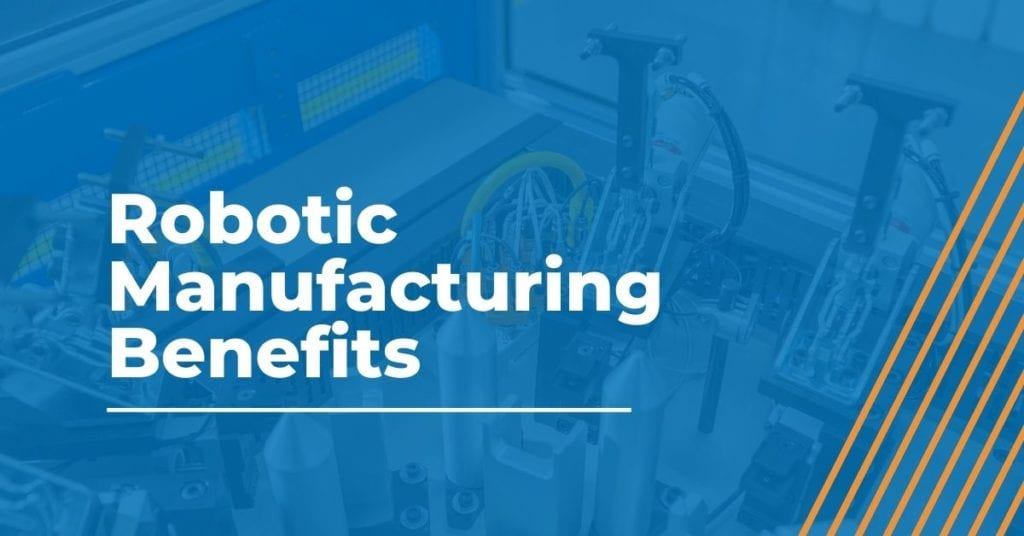
Use Robotic Manufacturing to End your Labor Shortage Woes
Robotic manufacturing is one of the oldest and most well-known applications of modern industrial automation. There are an estimated three million industrial robots in use today. Using more programmable robots in manufacturing may be a viable solution to the current labor shortage woes. Programmable robots increase efficiency, reduce injury risk and can be used for a variety of tasks.
Increase Efficiency
Implementing robotics within your manufacturing facility can increase efficiency and boost productivity. Robotics can optimize your workflows and help bridge the gap that the current labor shortage is causing. Common applications include collaborative robot setups, painting, welding, assembly, material removal, part transferring and machine tending. Unlike humans, robots do not get tired: They can work days and nights while repeatedly hitting quality and output requirements.
Reduce Injury Risk
Moving repeatable tasks to robotics can reduce workplace injury risk in a factory. When humans perform repetitive motion tasks they are at risk of developing musculoskeletal disorders (MSDs). MSDs are injuries or disorders of the muscles, nerves, tendons, joints, cartilage and spinal discs, according to the CDC.
Pre-programmed industrial robots can also perform tasks that are risk prone. These risky tasks include things like reaching items on top shelves, lifting heavy objects and moving large items. Installing pre-programmed industrial robots to do simple, monotonous or risk-prone tasks is a great way to reduce the risk of workplace injuries, which can be costly to the employee and employer.
Automate a Variety of Tasks
Manufacturing robots can be used to automate a variety of tasks. Repeatable tasks such as moving, pressing, inserting, loading and unloading operations can easily be completed by a robot. Robotic equipment can also be used to perform finishing applications such as sanding, grinding, deflashing, deburring and surface finishing. Automating these processes allows your labor force to focus on more important or demanding tasks.
Robotic Manufacturing Considerations
As with any new technology, there are things to consider before rolling out robotics in your factory. Pricing, operations, maintenance, implementation timeline, requirements, output and utilization should all be considered when evaluating robotic manufacturing. In general, pre-programed robots boost a factory’s productivity and can help dampen the effect of the current manufacturing labor shortages.
If you have questions about adding robotics to your manufacturing operations, contact us for a complimentary consultation today.
Our Automated Medical Manufacturing White Paper Will Help You Envision New Ways of Operating
Reading this white paper will help you:
